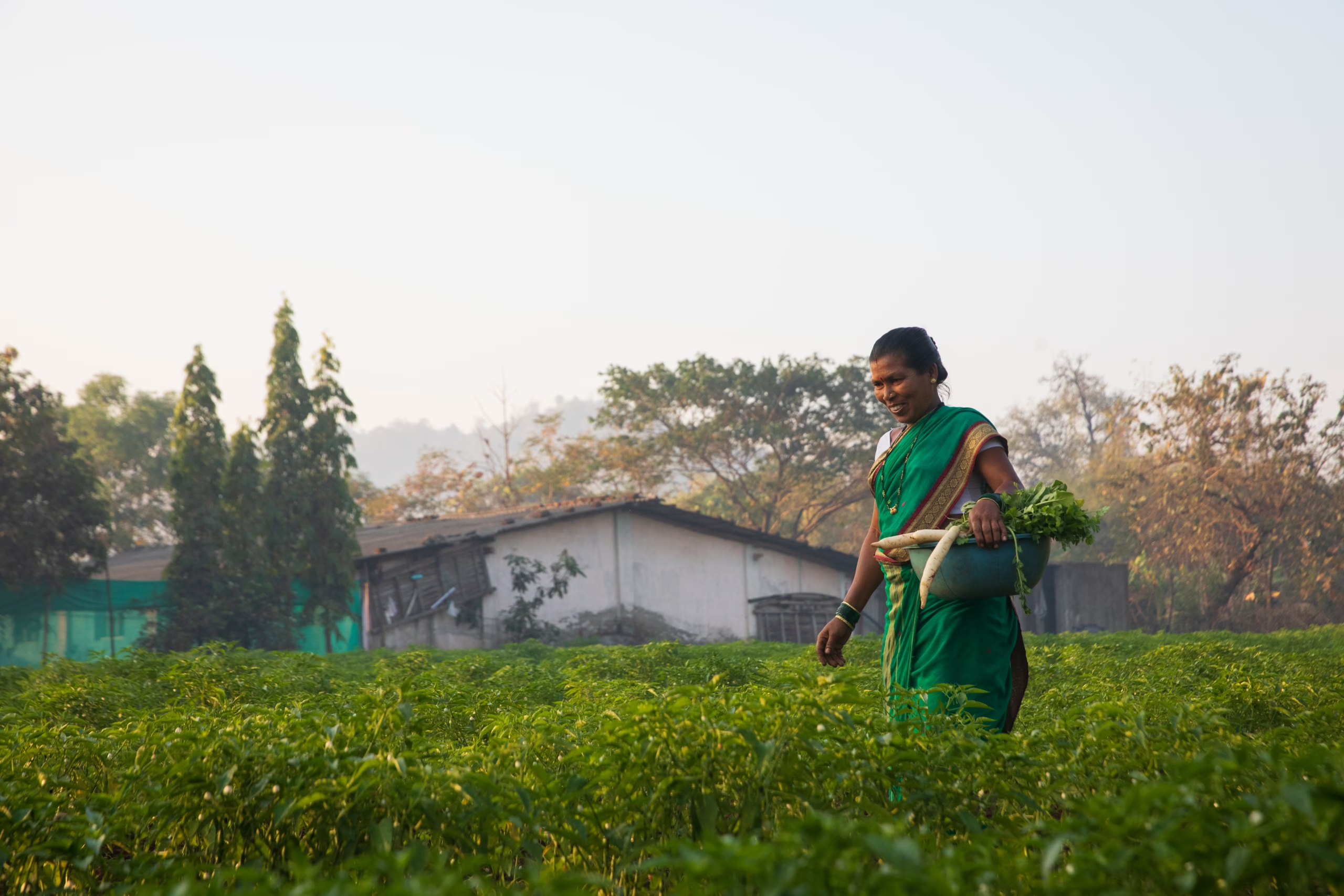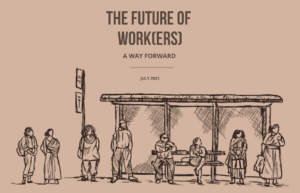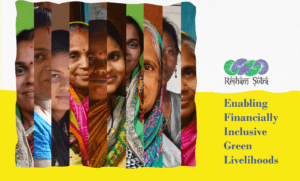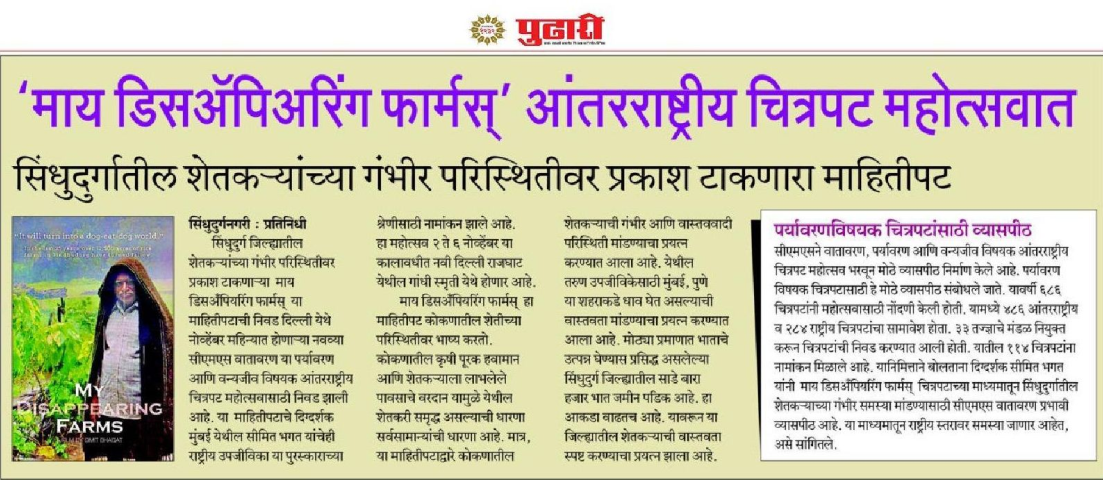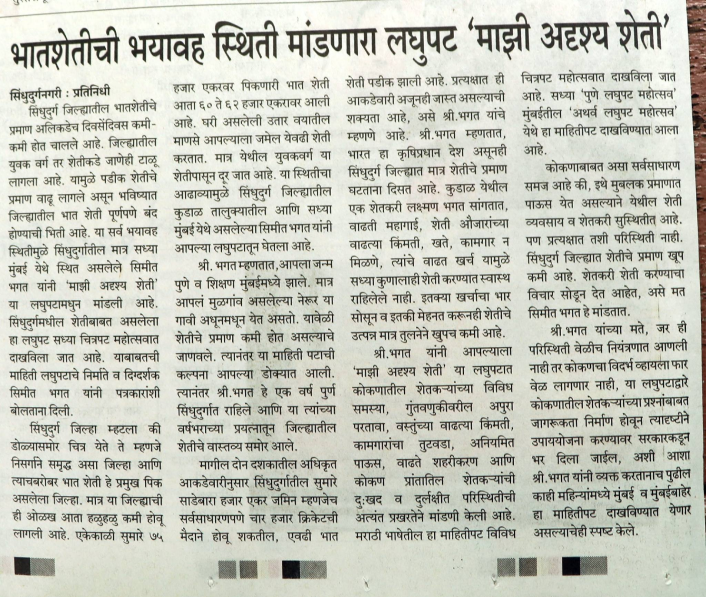He used to leave before dawn with his family, chasing wages at a brick kiln. Today, he waters jasmine in his own field. For generations, Palghar’s indigenous Warli communities lived by the forests. As forests receded, their lives narrowed to rain-fed rice, barely enough to eat. Migration became routine. Men, women, even children, walked into kilns and construction sites far from home.
Over the past decade, Lupin Human Welfare & Research Foundation, with support from National Bank for Agriculture and Rural Development (NABARD), has been working to change this story. From orchards to wells, from women’s collectives to farmer-producer organisations, their interventions opened pathways for stability.
When they reached out to us at Simit Bhagat Studios, their wish was simple: tell this story differently. Not a report, not a file of data, but something donors, partners, and even the communities themselves could hold, see, and hear.
Why We Told This Story Differently
For us, the challenge was not only to show what changed in Palghar, but to show it in a way people could feel.
That is how the coffee table book came to life. A photo-led, richly textured journey that flowed like the rivers and orchards of Dahanu, carrying both numbers and faces.
The challenge was not only to show what changed in Palghar, but to show it in a way people could feel.
And alongside it, we shaped an audio story; farmers and women in their own voices, their portraits appearing as they spoke, set against a quiet score. Because some truths are too alive to be only read; they need to be heard.
The Story Behind the Project
We worked on everything, planning, shoots, field interviews, writing, and design. The project was rooted in NABARD’s Integrated Tribal Development Programme, implemented by Lupin Foundation.
The aim: to highlight not only water systems, orchards, and Farmer Producer Organisations (FPOs), but also what they meant; children in school instead of brick kilns, women running small businesses, men staying home to farm jasmine and mangoes. Overall, we wanted to create more than documentation. We wanted to create presence.
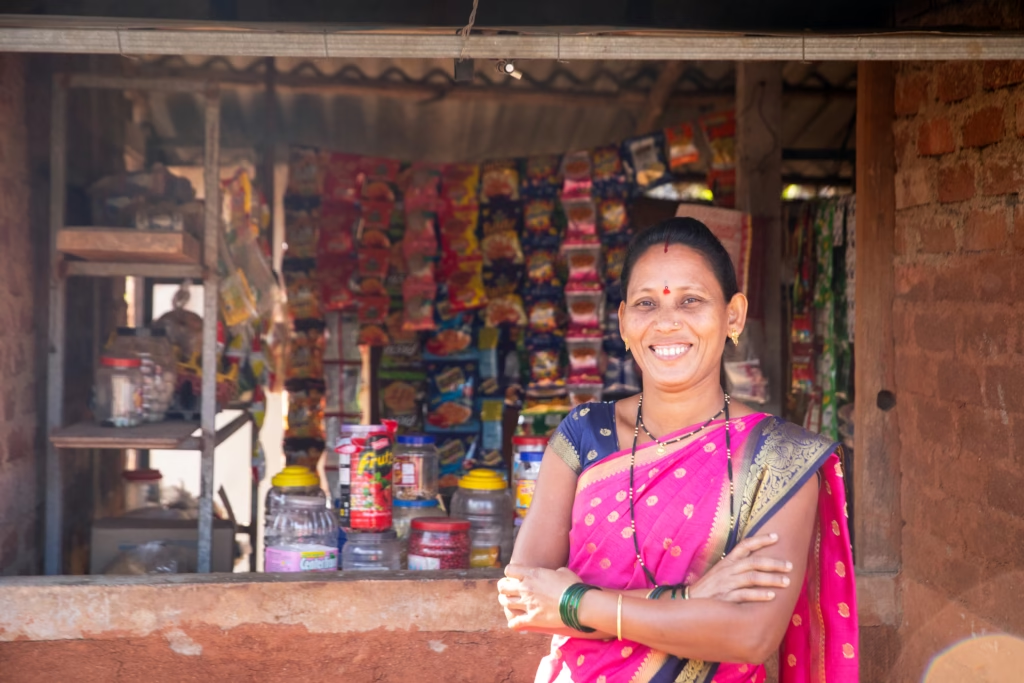
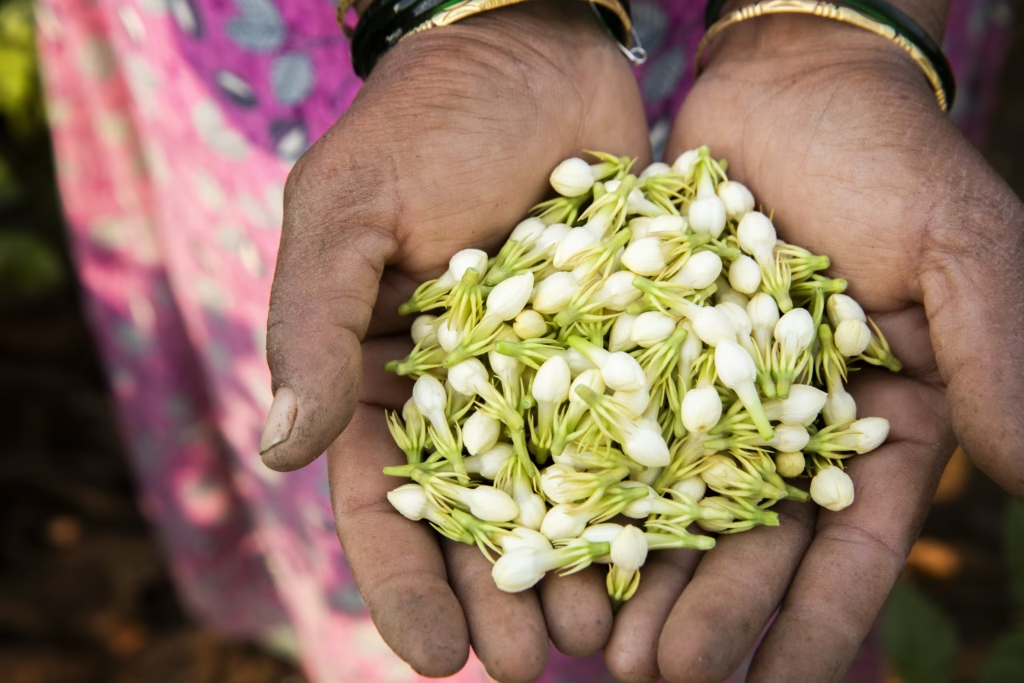
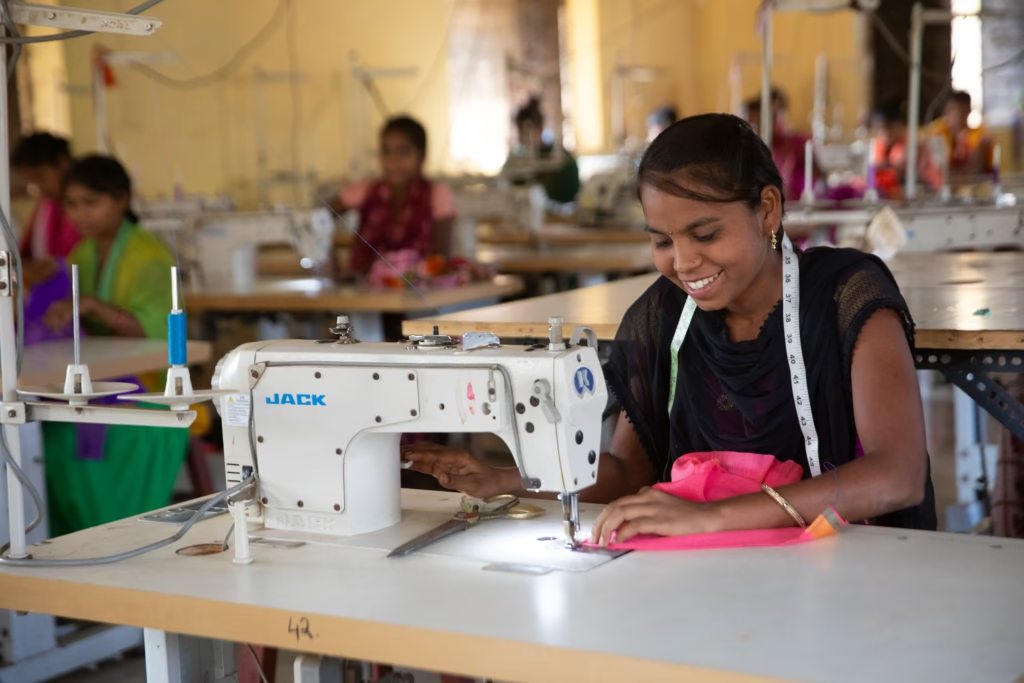
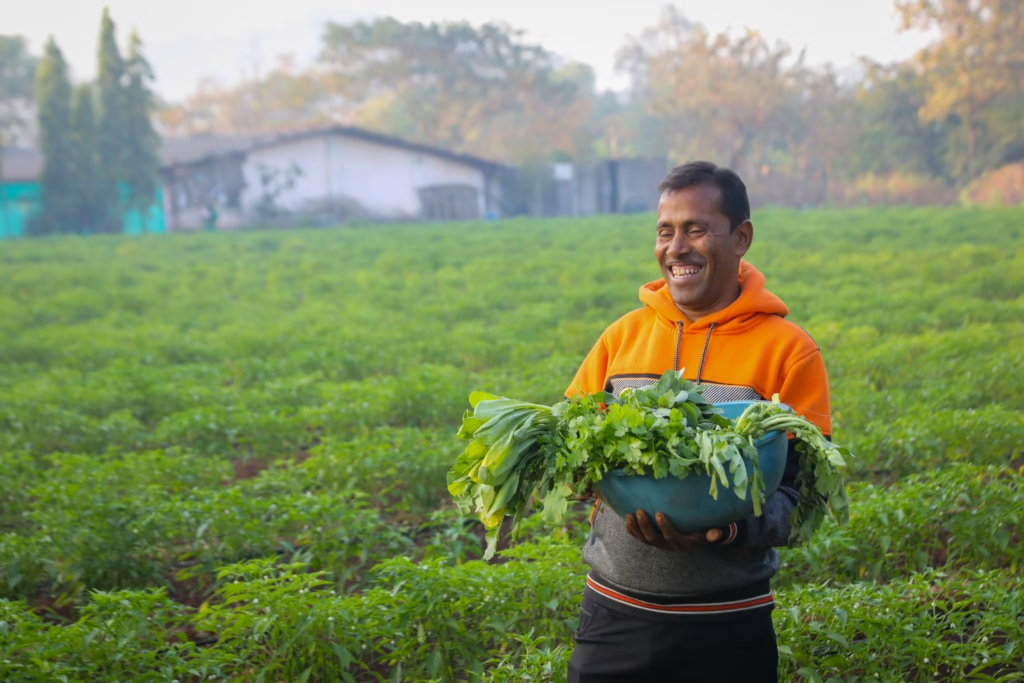
What We Learned as Storytellers
Photographs prove. Voices move. Together, they build trust.
The coffee table book gave donors a way to see impact in faces and fields, while the audio story invited them to hear the heartbeat of Palghar. One showed how; the other showed why it matters. Our role was to design for both clarity and dignity. To place every photo, every number, every voice so that it spoke without noise.
Photographs prove. Voices move. Together, they build trust.
The story of Palghar is not of aid delivered, but of futures reclaimed. Farmers who once left their land now plan orchards for their children. Women who once hesitated to speak now run savings groups and tailoring centres.
From textured pages to recorded voices, this project taught us that stories don’t only sit in books or reports. They live in faces, fields, and voices, and if you listen closely, they flow like a river.
Let’s Keep the Story Going
At Simit Bhagat Studios, we believe stories like these are not just about impact, they are about dignity. If you work in development and want to explore how complex interventions can be told visually, our newsletter may interest you. We share reflections like these, design insights, and stories of change that honour both detail and humanity.

